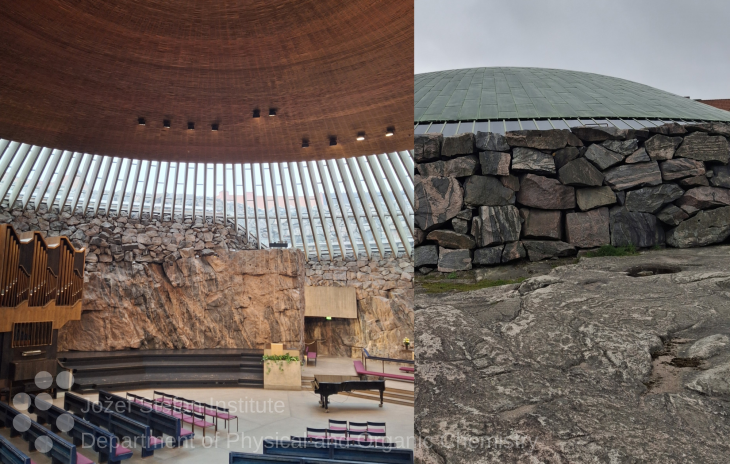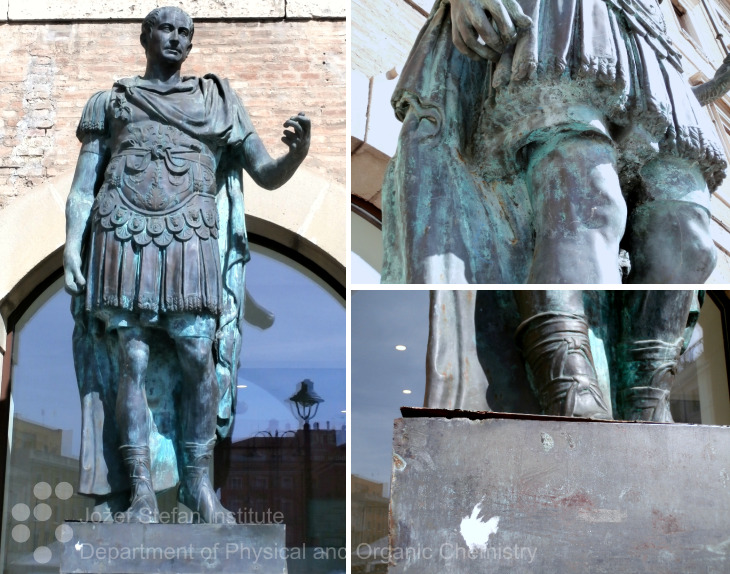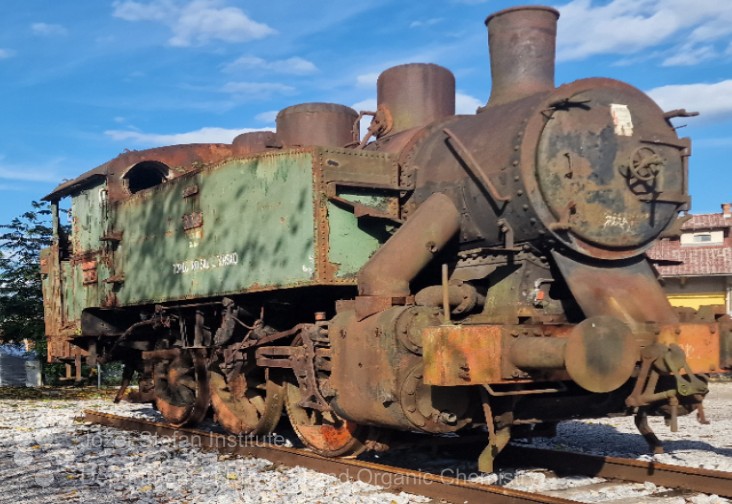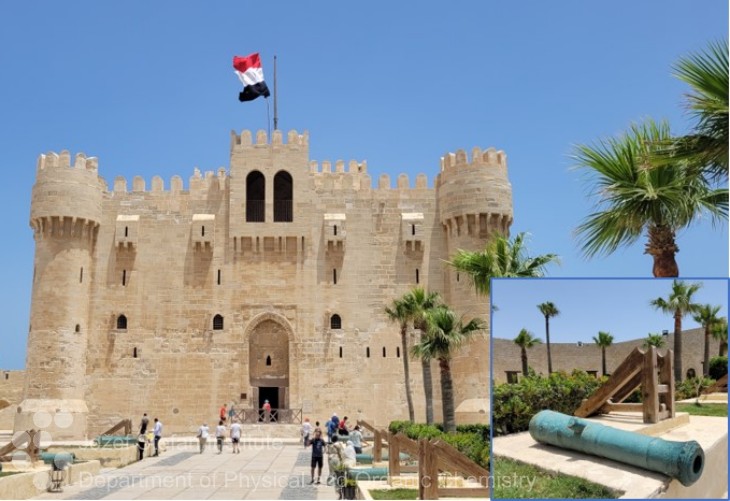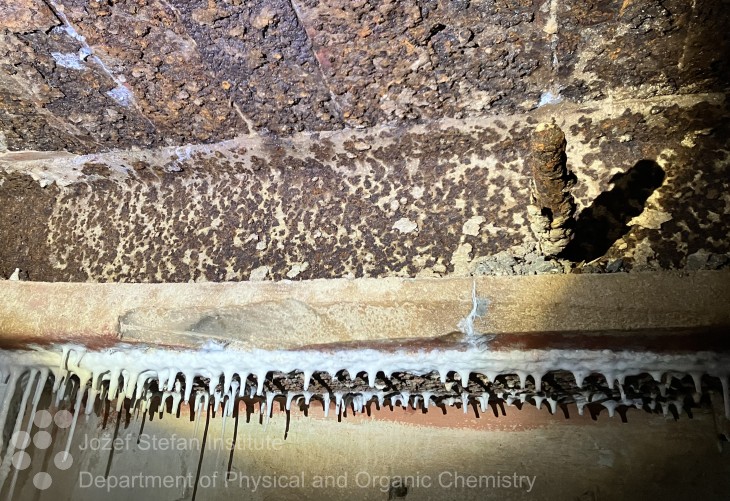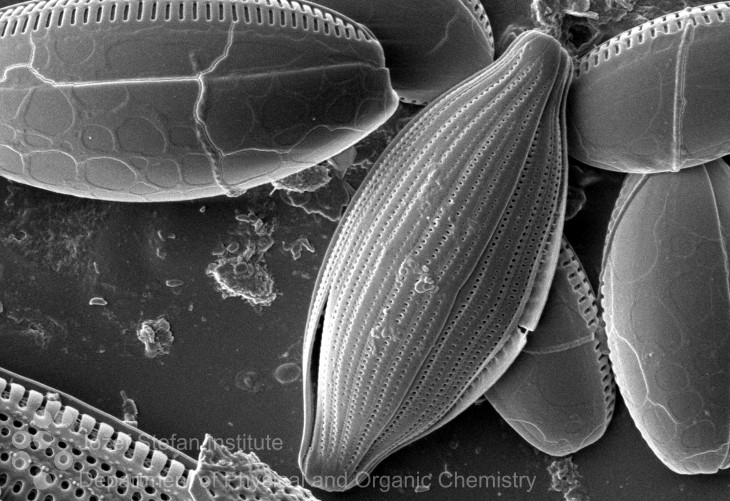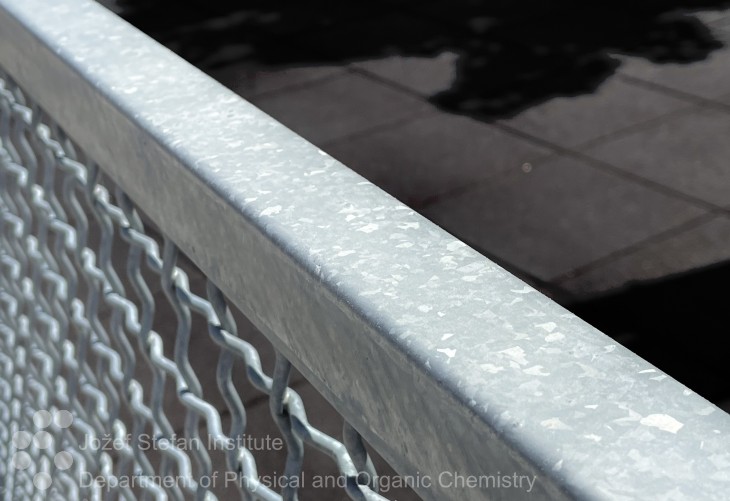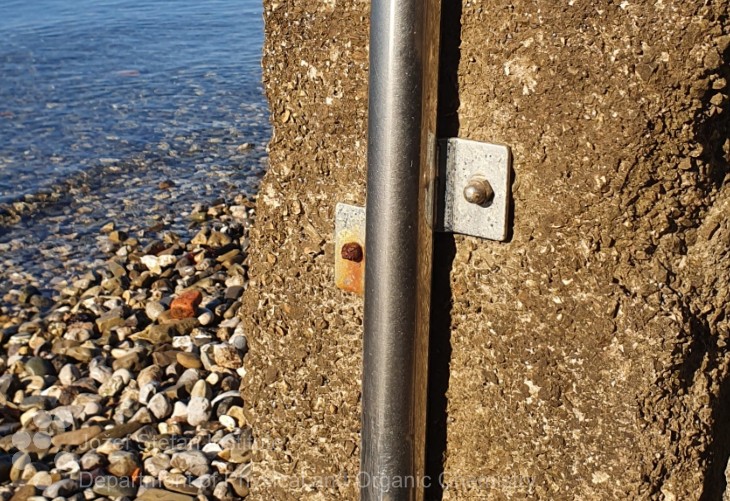PHOTO OF THE MONTH
Every month, we publish an interesting clip on corrosion in everyday life. We would like to point out that metal corrosion occurs all around us, and we cannot prevent it except in rare cases. Prevention or mitigation of the corrosion process requires actions, so strategies are needed to extend the life cycle of metals with contemporary corrosion protections.
Submit your photo for 'Photo of the Month' by clicking here to fill out the form and send us your best shot!
December, 2025 |
November, 2025 |
October, 2025 |
September, 2025 |
August, 2025 |
July, 2025 |
June, 2025 |
May, 2025 |
April, 2025 |
March, 2025 |
February, 2025 |
January 2025 |
December 2024 |
November 2024 |
October 2024 |
September 2024 |
August 2024 |
July 2024 |
June 2024 |
May 2024 |
April 2024 |
March 2024 |
February 2024 |
January 2024 |
December 2023 |
November 2023 |
October 2023 |
September 2023 |
August 2023 |
July 2023 |
June 2023 |
May 2023 |
April 2023 |
March 2023 |
February 2023 |
January 2023 |
December, 2022 |
November, 2022 |
October, 2022 |
September, 2022 |
August, 2022 |
July, 2022 |
June, 2022 |
May, 2022 |
April, 2022 |
March, 2022 |
February, 2022 |
January, 2022 |
December, 2021 |
November, 2021 |
October, 2021 |
September, 2021 |
August, 2021 |
July, 2021 |
June, 2021 |
May, 2021 |


